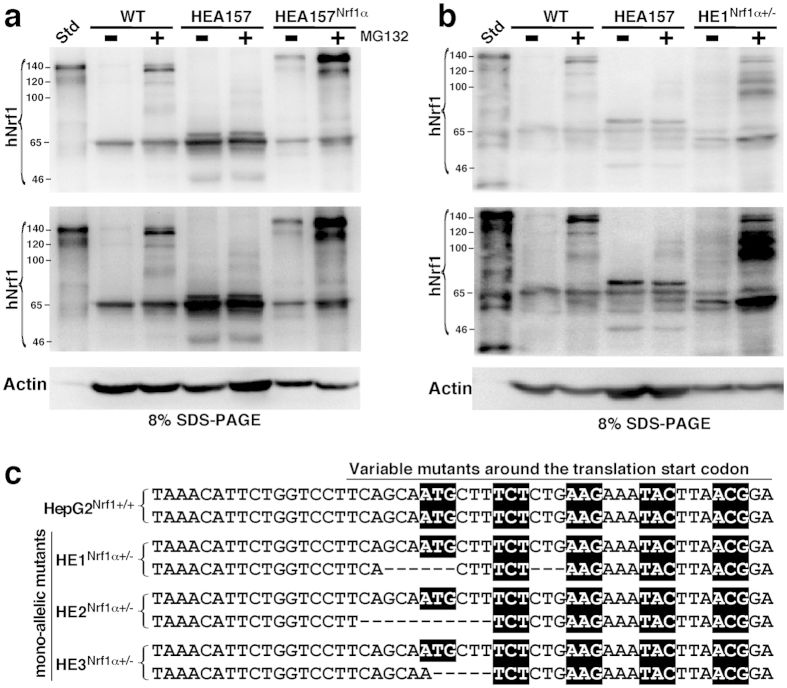Figure 4. Stable restoration of intact Nrf1α proteins into its knockout cells that are bi- or mono-allelic mutants.
(a) A lentivirally-packaged Nrf1α-expressing construct (Lenti-pEZ-Lv203) was transfected, according to the manufacturers’ instructions, into the bi-allelic knockout (Nrf1α−/−) monoclonal cell line (HEA157), and thus the Nrf1α-restored cell line was designated as HEA157Nrf1α. Subsequently, western blotting of HEA157Nrf1α and its parent cell lines that had been treated with or without MG132, revealed that stably forced expression of Nrf1α and its derivate proteins was accompanied by a relative decrease of Nrf1β when compared with their expression levels measured in both HEA157 and HepG2 cell lines. The upper two panels show the images obtained from different exposure to X-ray. Of note, other detailed descriptions of HEA157Nrf1α had been not focused herein. (b,c) Three mono-allelic knockout (Nrf1α+/−) monoclonal cell lines (called HE1Nrf1α+/−, HE2Nrf1α+/− and HE3Nrf1α+/−) had been identified by western blotting (b, and see Fig. S1), target DNA sequencing (c), and other cell biology data (see the legends of Figs S2 to S4). These data are a representative of at least three independent experiments undertaken on separate occasions that were each performed in triplicate. (c) A nucleotide alignment of human wild-type (WT) Nrf1 and its mono-allelic mutants around the translation start codons that are targeted by TALENs and confirmed by DNA sequencing.

